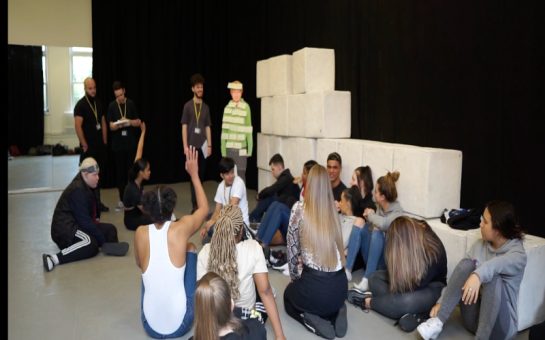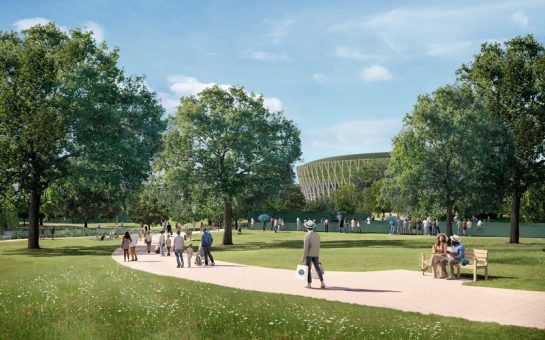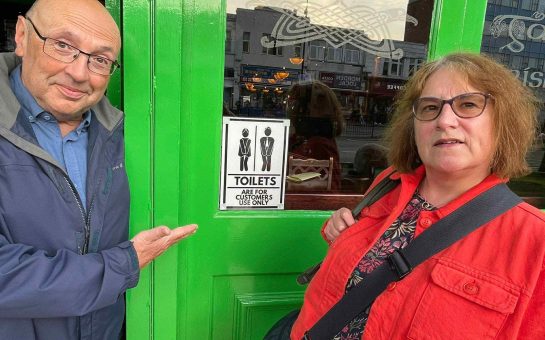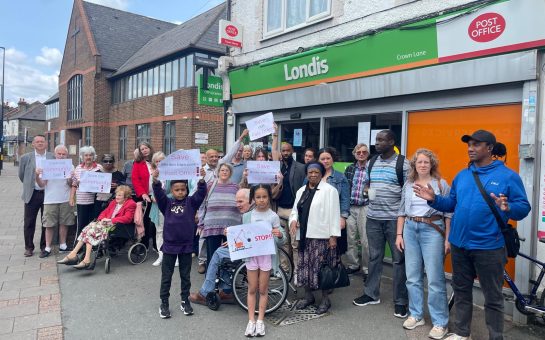The inequality divide between East and West Merton has deepened dramatically over the pandemic, a new council report says.
While Merton ranks as fifth least deprived of 32 London boroughs, life expectancy for men differs by as much as eight years between communities.
In East Merton, the rate of Covid-19 deaths in 2020 reached 131.1 per 100,000, while West Merton recorded 120.7.
A larger proportion of Black and Asian Minority Ethnicities (BAME) live in East Merton, alongside a higher rate of younger residents.
The report is due to be discussed by Merton Council tomorrow, Tuesday 28 September.
The Reverend Hannah Neale, Chair of BAME Voice, who was awarded the British Empire Medal for services to Merton during Covid-19, said: “The report highlighted the dilemma faced by many BAME residents who were forced to prioritise employment over the health of themselves and their families.”
While only making up 21% of their population, BAME residents were 36% of Merton’s deaths in 2020, during the pandemic.
Neale added: “When people come into this country for the first time, we need to be told what the values, what the traditions are, be taught about the British institutions.
“What needs to stop is this bumping people together, and allowing people to form semi-ghettos. It would have helped certainly with the health situation.”
The council report says: “The last 18 months have seen challenges to population health that are unprecedented in recent decades and have brought inequalities into sharp focus.
“The Covid-19 pandemic has likely worsened the pre-existing health inequalities in Merton, both through its direct impact on illness and death, but also through its indirect impact on the wider determinants of health.”
This comes as BAME Organisations were forced to close, including the Sickle Cell and Thassaemia Association for Diabetics, and SLAWO, which worked with domestic violence victims.
Neale said: “BAME communities were confused because nobody was telling us in a language that we could understand. Everything was done in English, with the images that were shown to illustrate the facts – people could not see themselves in those images, so they couldn’t relate to those images.
“If those organisations had still existed, people would have had a clearer understanding of what was going on, those organisations would have been able to explain to people in a language that they could understand, and using words they could understand.
“They had nowhere to go.”
In East Merton, there was a far higher spread of Covid-19, with five wards registering 9000-9999 positives tests per 100,000 residents and only one ward falling below 7000 per 100,000.
In West Merton, only one in nine wards reached 8000-8999 positive tests per 100,000, with another recording as low as 5000-5999.
East Merton has a far higher proportion of people living in overcrowded housing and insecure occupations – particularly in the wards of Abbey, Colliers Wood and Graveney.
Overcrowded, multigenerational and urban housing have all been identified as increasing your risk of infection, alongside working in healthcare, transport, utility, retail, and construction.
Meanwhile, rental prices in Merton have increased by more than a third in ten years, with houses in both wards far above national averages.
However, Neale claimed that there is progress within the Merton community and council.
She said: “What is good about Merton is those decision makers have recognised the effect all of this has had on their services. What has been recognised is they need to work with the BAME organisations to reach the unreachable.
“They are not unreachable – they are there, in plain sight, but only these organisations can get to them because it’s the same language, same understanding, same conditions, same culture.”
An above average 27% of Merton’s sexual violence victims are under 18, despite only making up 23% of the population.
The black population also over represented, as 17% of sexual offence victims, ad 15% of domestic violence victims, despite being making up 9.2% of Merton’s residents.
Featured image credit: Diamond Geezer via Flickr




